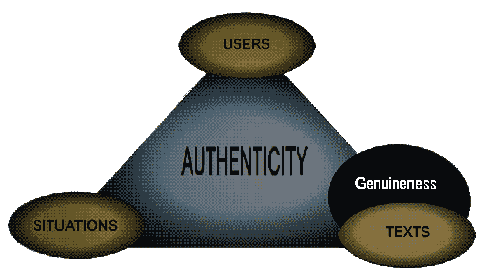| Studies |
Data Sources |
Findings |
| Convergent |
Divergent |
| Apologies |
| Kumagai (1993) |
TV dramas/films, ethnographic |
apology strategies, offense types, syntactic-semantic patterns |
gender distribution |
| Kite & Tatsuki (2005) |
films, ethnographic (Holmes, 1989;1990) |
apology strategies, offense types, syntactic-semantic patterns |
gender distribution |
| Compliments |
| Rose (2001) |
films, ethnographic data (Manes & Wolfson, 1981; Miles, 1994) |
syntactic formulas, response strategies, topics |
(ethno vs other) gender distributions, adjective choices |
| Tatsuki & Kite (2006a) |
films, ethnographic data |
syntactic formulas, response strategies, topics |
(ethno vs other) gender distributions, adjective choices |
| Tatsuki & Nishizawa (2005) |
films, ethnographic data, TV interviews |
syntactic formulas, response strategies, topics |
(ethno vs other) gender distributions, adjective choices |
| Nishizawa, Tatsuki & Kite (2005) |
films, TV interviews, ethnographic data, EFL textbooks |
syntactic formulas, response strategies, topics |
(ethno vs other) gender distributions, (ethno data/textbooks vs. film/TV interview) adjective choices |
| Kishimoto (2006) |
films, ethnographic data, EFL textbooks, syntactic formula, response strategies, topics |
syntactic formulas, response strategies, adjective choices |
(ethno vs other) gender distributions, (ethno data/textbooks vs. film/TV interview) adjective choices |
| Requests |
| Fernandez-Guerra & Martinez-Flor (2003) |
film, ELT textbooks |
|
request strategies (ELT uses more imperatives & direct strategies) |
| Closings |
| Grant & Stark (2001); Bardovi-Harlig, et al. (1991); Myers-Scotton & Berstern, (1988) |
TV soap operas, ESL textbooks |
rarely closed topics or conversations |
more variety in components of closing sequences (TV interviews) |
| Telephone Dialogues |
| Wong (2002) |
CA literature, EFL textbooks in Hong Kong |
|
summons-answer sequences, recognition-identification, how-are-you |
| Tatsuki & Kite (under review) |
CA literature, Films, EFL textbooks in Japan and Hong Kong |
(CA data & Films) Summons-Answer Sequences, Recognition-Identification, How-are-you |
(textbooks vs others) summons-answer sequences, recognition-identification, How-are-you |
| Tatsuki, Kite & Nishizawa (2005) |
CA literature, films, TV Interviews, EFL textbooks in Japan and Hong Kong |
(CA data & Films) Summons-Answer Sequences, Recognition-Identification, How-are-you |
(textbooks vs others) summons-answer sequences, recognition-identification, How-are-you, closings |
| Initial Conversations (first conversation with a stranger) |
| Tatsuki (1992a&b) |
films, natural data (Kellerman et al, 1985), ELT videos |
(film & natural data) topic choices, topic sequences |
(ELT video vs. others) topic choices, topic sequences, (Natural data vs others) closings |
| Grammar/Syntactic Patterns |
| Shimakawa (1995) |
3 Indiana Jones films, HS EFL textbooks |
Films offer full coverage of grammatical forms found in textbooks |
| Eken (2003) |
Film, ESL textbooks |
unsubstantiated claims / assertions |
| Takahashi (1995) |
| Michaelides (2002) |
| Trombly, (1999) |
Film, textbooks |
| Sherman (2003) |

 PDF Version
PDF Version
